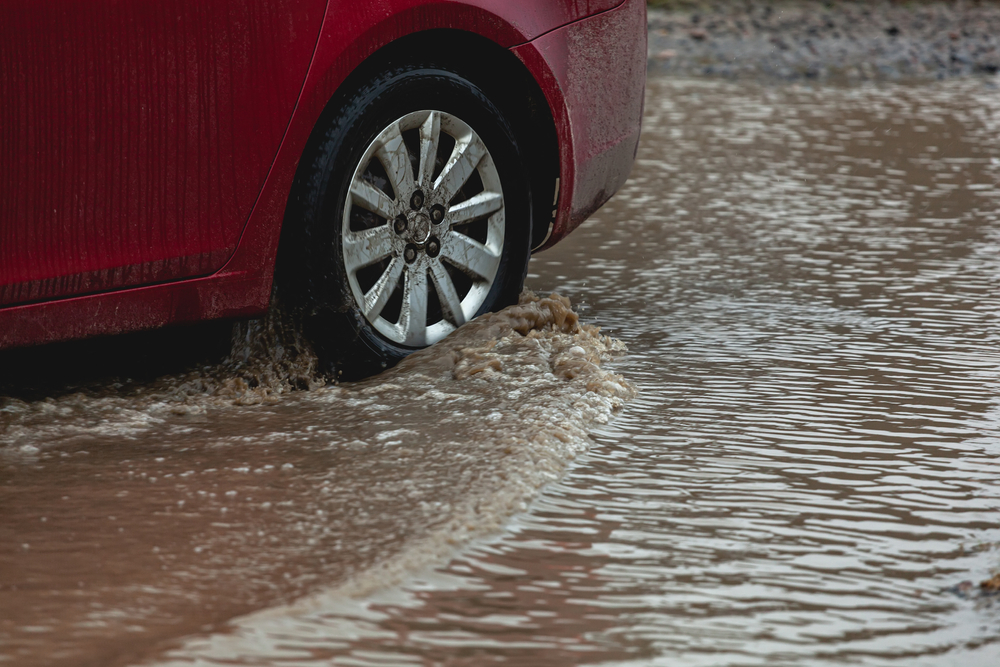Rains Don’t Dampen Burning Man’s Crisis Comms

Crisis communications for events such as concerts and festivals is an art form unto itself. When the annual Burning Man extravaganza in the Nevada desert experienced torrential rains and flooding last weekend, the organizers responded appropriately both in actions and words.
The flooding meant people couldn’t leave the weeklong event on Sunday — or could do so only with great difficulty. Vehicles, especially if they didn’t have four-wheel drive, were getting stuck in the mud. The dry lake bed, or playa, turned to muck.
The organizers’ main communication tool for the weather crisis was a page on its website (“2023 Wet Playa Survival Guide”). It also had a Facebook page and an informational radio channel on iHeartRadio.
As one can imagine given the hippy-dippy nature of the event that celebrates art and music, the communications were warmhearted (“Burning Man is a community of people who are prepared to support one another”). They also contained some aspects appropriate to most crisis scenarios (“We will update this page regularly, including a date and timestamp”).
‘Table-Top Drills’
The messaging even mentioned the training the festival producers — a nonprofit called Burning Man Project — had undergone: “We have done table-top drills for events like this.” All organizations should do those drills.
A post on Saturday, Sept. 2 at 7 p.m. local time announced that mobile cell trailers were being placed around the site and the organizers’ Wi-Fi system was being opened to the 72,000 attendees for easier communication.
For people who decided to walk off the site, buses were being made available in Gerlach, the nearest town, for free rides to Reno, about 100 miles away and the location of the nearest airport. Burning Man Project said it was working with local, county, state, tribal and federal agencies.
‘The Exodus’
The next morning it announced the roads were still too muddy to be re-opened for exiting the event, which the organizers label “the Exodus.” It advised against trying to leave by automobile, though some four-wheel-drive vehicles were managing to get out.
On Sunday afternoon, organizers said the weather was improving and roads would be officially opened up for Exodus sometime the next day. That happened midday on Monday, though attendees were encouraged to put off leaving until Tuesday to avoid congestion.
Of particular concern was having to twice postpone the high-profile climax of the festival: the burning of a giant wooden effigy in the shape of a man. For one thing, fire-safety equipment couldn’t get through. The ceremony finally took place Monday night.
Photo Credit: Perfectlab/Shutterstock
Sign up for our free weekly newsletter on crisis communications. Each week we highlight a crisis story in the news or a survey or study with an eye toward the type of best practices and strategies you can put to work each day. Click here to subscribe.




 Back to Blog
Back to Blog